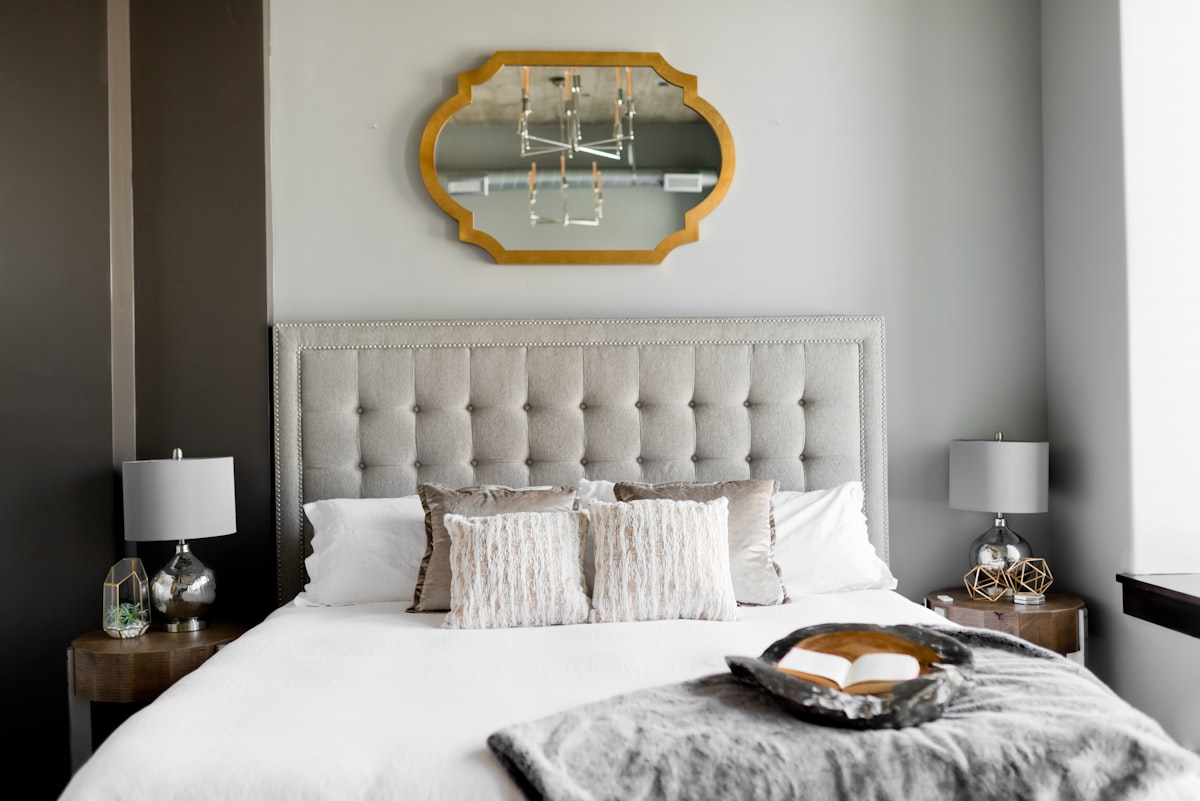There's no such thing as a price ceiling...

In the world of luxury hospitality, the bar for how much a night costs keeps getting higher. Not long ago, dropping $1,000 for a night's stay seemed excessive, even for the ultra-wealthy. But today, that's barely enough to get your foot in the door at top-tier hotels in major cities.
Recent developments in the hospitality sector highlight this trend, showcasing a relentless push beyond conventional price barriers. Properties like Raffles London or the Bulgari Hotel Rome have set the tone, debuting with entry-level room rates starting beyond this $1,000 price tag. Meanwhile, established icons like the Aman New York and the Carlyle Hotel are also jumping on the bandwagon, commanding similarly steep prices.
What's fueling this price surge? It's a combination of factors. One key driver, though? The lack of pushback faced by hotels experimenting with higher prices.
Once a few establishments tested the waters of (much) higher prices after Covid and with customers in "revenge-travel" mode, and they found acceptance, others quickly follow suit, creating a domino effect of escalating rates. Additionally, the apparition of a wide range of inflationary prices in consumer markets, made this new normal seemingly palatable... As for today, despite the sticker shock, demand remains robust, with occupancy rates steadily climbing. Looking ahead, properties slated to open in the near future, such as the Mandarin Oriental Mayfair in London and the Surrey in New York, are already positioning themselves with rates exceeding $1,000 per night.
This recent surge in luxury hospitality prices serves as a stark reminder that in business, there's no ceiling to what customers are willing to pay. The only limits are often self-imposed, dictated by organizational culture and perceptions of what's feasible.




